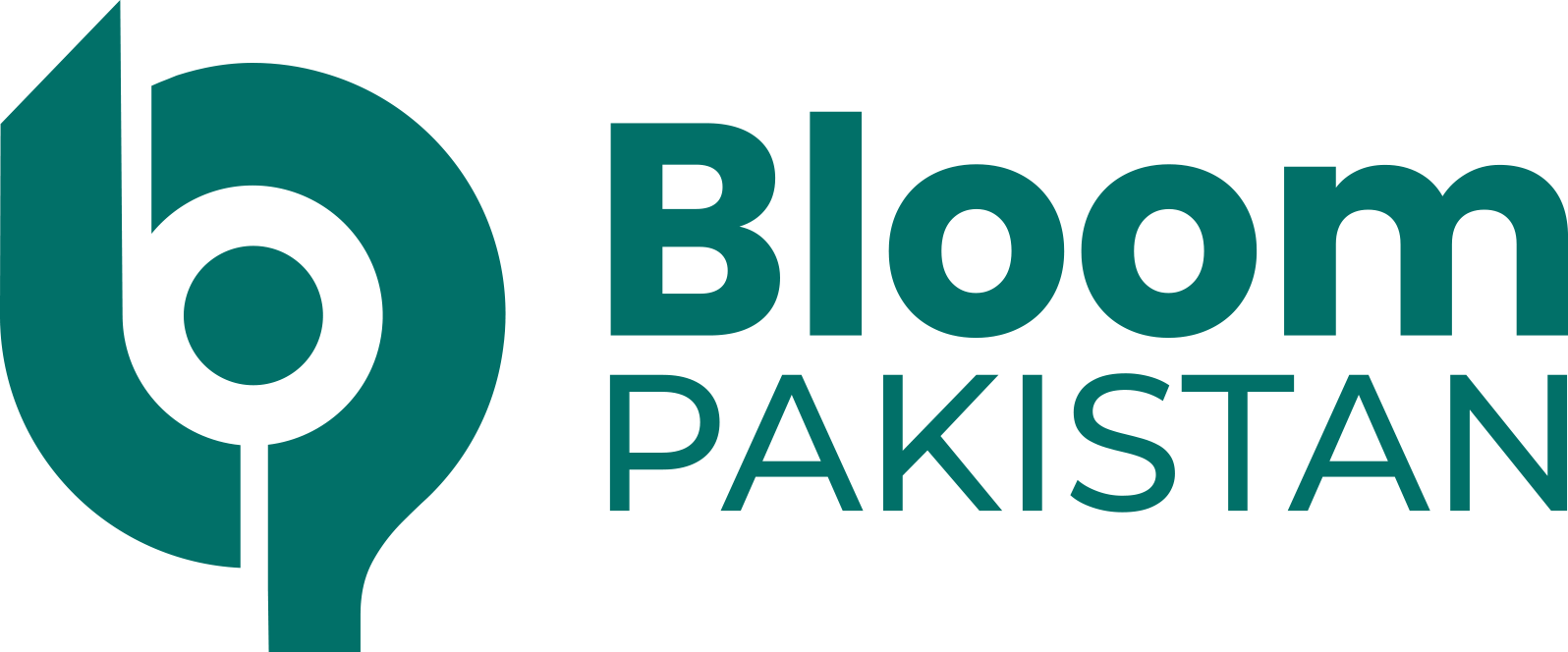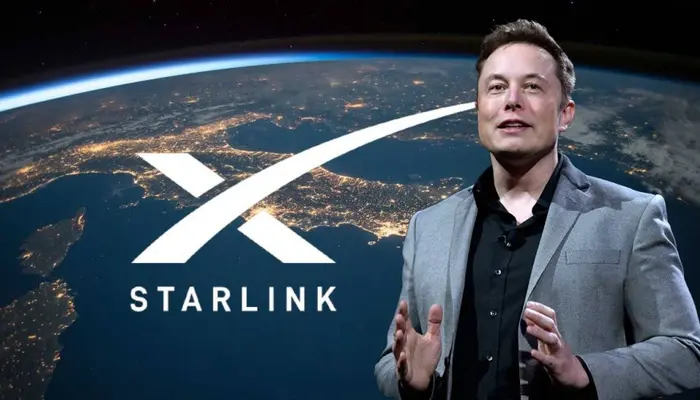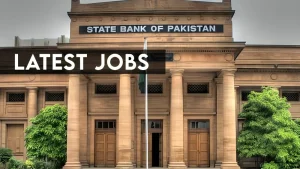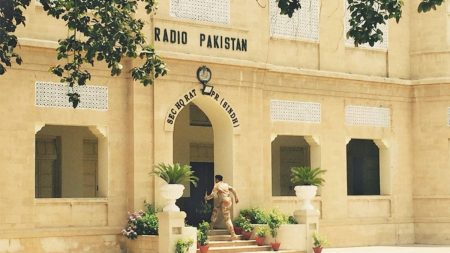Islamabad, Jan 23: In an era where the internet is as essential as electricity, Pakistan is on the brink of a connectivity revolution, thanks to Starlink’s recent entry into the market. Led by Elon Musk’s SpaceX, Starlink aims to provide high-speed satellite internet across the globe, with a significant focus now on improving access in emerging markets like Pakistan.
Starlink utilizes a constellation of low Earth orbit (LEO) satellites to deliver internet service. This innovative technology aims to fill in the connectivity gaps left by traditional ground-based internet infrastructure. As of now, Starlink has launched thousands of satellites, creating a robust network capable of delivering high-speed internet to remote and urban areas alike.
Read More:
PTA Announces Major Update on Starlink Launch in Pakistan
Significance for Pakistan
For Pakistan, a country where rugged terrain and remote locations have posed significant challenges for traditional ISPs, Starlink’s satellite technology is a game-changer. It promises to bring reliable internet access to the farthest corners of the country, from the mountainous regions in the north to remote villages in the south.
Technical Capabilities
Starlink provides internet speeds that rival, if not surpass, traditional broadband connections. Early tests have shown download speeds exceeding 100 Mbps in some regions, a significant improvement over the existing services available in many parts of Pakistan.
Coverage and Accessibility
Starlink plans to cover the entire territory of Pakistan, focusing initially on areas where internet access is notoriously unreliable or non-existent. This approach not only boosts individual connectivity but also promises to enhance educational and professional opportunities for residents in underserved regions.
Pricing and Plans
Starlink’s pricing model in Pakistan is designed to be competitive, with plans that vary in price to accommodate different usage needs. Although initial setup costs may be higher due to the equipment required, the long-term benefits of reliable internet could justify the investment for many users.
Impact on Local Markets
The introduction of Starlink is set to stir the local telecommunications market, providing the needed impetus for existing ISPs to innovate and improve their service offerings. This healthy competition could lead to overall better internet quality and lower prices for consumers across Pakistan.
User Experiences and Expectations
Early adopters in Pakistan have reported overwhelmingly positive experiences with Starlink, noting significant improvements in internet speed and reliability. Potential users have high expectations, hoping that the service will remain consistent and expand rapidly throughout the country.
Challenges and Opportunities
Despite the optimism, Starlink faces challenges, including regulatory hurdles and potential pushback from local ISPs. However, these challenges also present opportunities for regulatory bodies to revise and improve policies to support advanced technologies like Starlink.
Government and Regulatory Perspectives
The Pakistani government’s response to Starlink has been cautiously optimistic. Authorities are assessing the impact of this new technology on national security and local businesses, striving to balance innovation with regulation.
Future Prospects
As Starlink continues to expand its network, the future of internet connectivity in Pakistan looks promising. With plans to continually upgrade and expand its satellite constellation, Starlink could play a crucial role in Pakistan’s digital transformation.
In conclusion, Starlink’s launch in Pakistan is not just about faster internet speeds—it’s about unlocking potential and equalizing access to information and opportunities across the nation. As the project progresses, it will undoubtedly continue to be a focal point of technological advancement and economic development in Pakistan.









